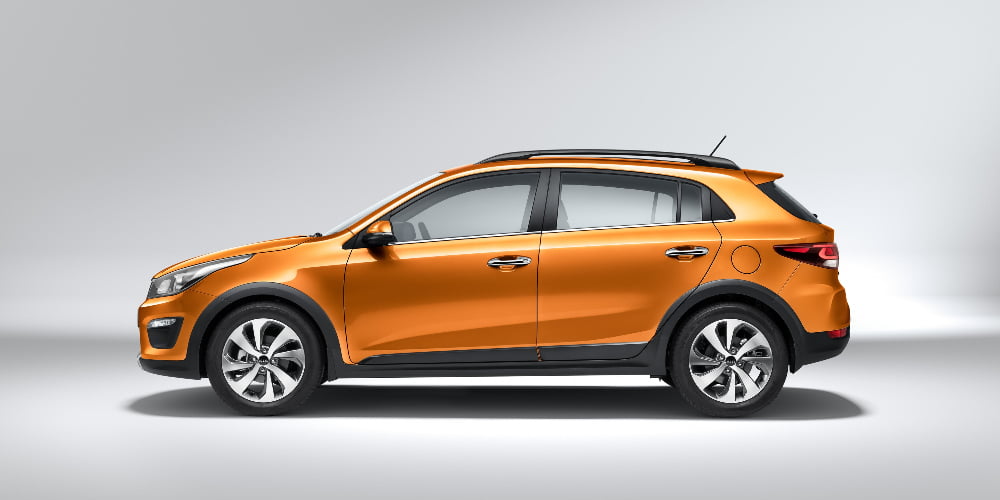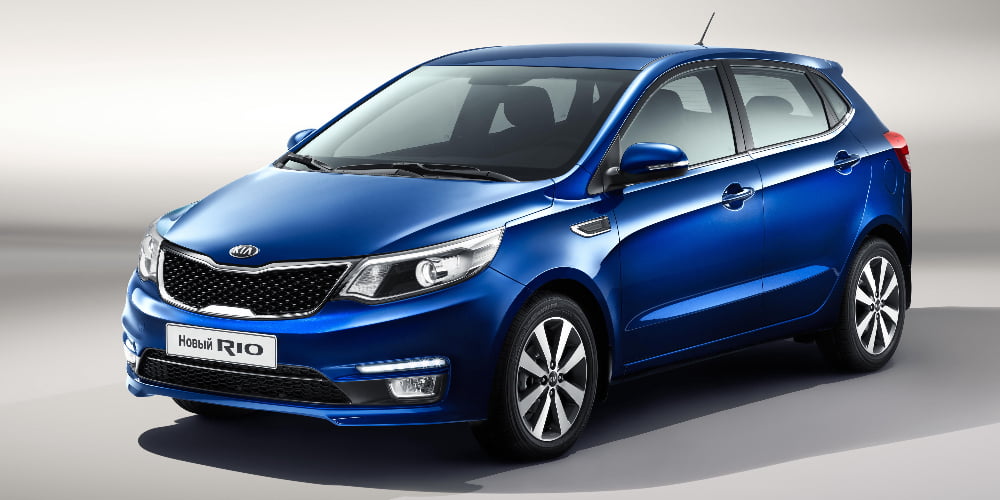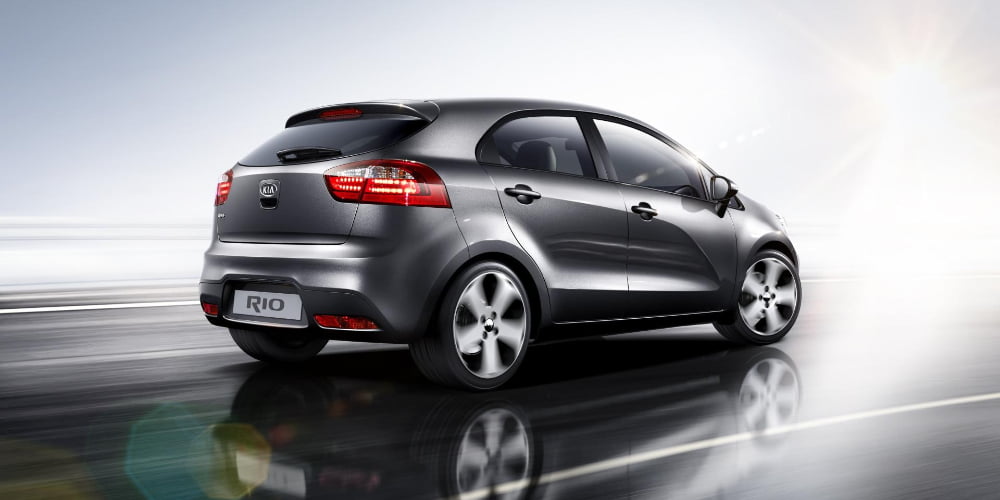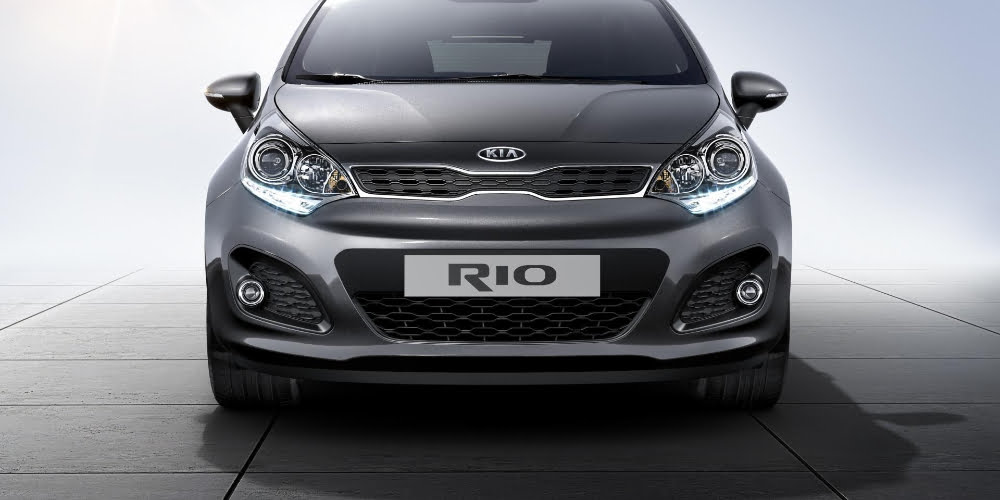The Kia Rio check engine light can indicate a variety of issues, from minor problems to more serious engine malfunctions. It’s important to take the warning light seriously and have the issue diagnosed as soon as possible to avoid further damage or safety concerns. In our guide, we provide information on common causes of the Kia Rio check engine light, as well as steps you can take to diagnose and fix the problem. Whether you’re a DIY mechanic or plan to take your car to a professional, our guide can help you understand what’s happening under the hood of your Kia Rio.
How Can a Faulty Oxygen Sensor Trigger the Kia Rio Check Engine Light, and What Steps Should Be Taken to Fix it?
The oxygen sensor in a Kia Rio monitors the oxygen levels in the exhaust system and provides data to the engine’s computer to help it adjust the air-fuel mixture. The faulty oxygen sensor can send incorrect data to the engine computer, resulting in an incorrect air-fuel mixture, which can cause the Kia Rio check engine light to come on.
To fix a faulty oxygen sensor, the sensor will need to be replaced in auto parts stores. This involves locating the sensor, disconnecting the electrical connection, and using a specialized tool to remove it from the exhaust system. A new sensor can then be installed and the electrical connection reconnected.
It’s important to fix a faulty oxygen sensor as soon as possible, as it can affect the fuel efficiency of the vehicle and may cause additional damage to the engine if left unchecked. If you’re not comfortable replacing the oxygen sensor yourself, it’s recommended to take your Kia Rio to a qualified mechanic who can diagnose and fix the issue.

Can a Misfiring Engine Cause the Kia Rio Check Engine Light to Come on, and What Are the Consequences of Ignoring This Issue?
Yes, a misfiring engine can cause the Kia Rio check engine light to come on. When the engine misfires, it means that one or more cylinders in the engine are not firing properly, resulting in a lack of power, rough running, and potentially damaging the engine. When this happens, the engine computer detects the issue and triggers the check engine light to alert the driver that there is a problem.
Ignoring a misfiring engine can lead to more serious problems, such as damaged spark plugs, damaged oxygen sensors, or even damage to the catalytic converter. If the issue is not addressed promptly, it can result in costly repairs or even engine failure.
To fix a misfiring engine, the root cause of the issue needs to be identified and addressed. This may involve replacing spark plugs, ignition coils, or other engine components. It’s recommended to take your Kia Rio to a service center to diagnose and fix the issue. It is not safe to drive the car with misfiring engine.

How Can a Loose Gas Cap Trigger the Kia Rio Check Engine Light, and is it a Serious Problem?
A loose or damaged gas cap can cause the Kia Rio check engine light to come on. The gas cap is a crucial component in the fuel system that seals the fuel tank and prevents fuel vapor from escaping into the environment. If the gas cap is loose or damaged, it can result in a loss of pressure in the fuel system, which can trigger the check engine light.
While a loose gas cap may not be a serious problem in itself, it can lead to other issues. For example, a loose gas cap can result in reduced fuel efficiency and may cause the emission control system to malfunction, which can result in increased emissions from the vehicle.
To fix a loose or damaged gas cap, simply tighten the cap or replace it with a new one. It’s important to ensure that the gas cap is properly tightened to the manufacturer’s specifications, as this will prevent the check engine light turning on again. If the light remains on after tightening or replacing the gas cap, there may be another issue that needs to be addressed, and it’s recommended to take the vehicle to a qualified mechanic for diagnosis the issue and repair.

What is the Role of a Catalytic Converter in a Car, and How Can a Malfunctioning One Cause the Kia Rio Check Engine Light to Come on?
The catalytic converter is an emissions control device that is installed in the exhaust system of a car. Its main function is to convert harmful pollutants and gases, such as carbon monoxide, hydrocarbons, and nitrogen oxides, into less harmful emissions, such as carbon dioxide, water vapor, and nitrogen.
A malfunctioning catalytic converter can cause the Kia Rio check engine light to come on. This is because the engine control module (ECM) monitors the performance of the catalytic converter through a series of sensors. If the catalytic converter is not working properly, it can trigger a fault codes in the electric control unit and turn on the Kia Rio check engine light.
A malfunctioning catalytic converter can be caused by a number of issues, such as a clogged or damaged converter, a faulty oxygen sensor, or mass airflow sensor. Ignoring a malfunctioning catalytic converter can lead to decreased engine performance, reduced fuel efficiency, and can also cause damage to other engine components.
To fix a malfunctioning catalytic converter, the root cause of the issue needs to be identified and addressed. In some cases, the Rio’s catalytic converter may need to be replaced. It’s recommended to take your Kia Rio to a qualified mechanic to diagnose and repair any issues with the catalytic converter.

How Can I Retrieve The Fault Codes When Kia Rio Check Engine Light Illuminated?
To retrieve fault codes when the Kia Rio check engine light is illuminated, you will need an OBD-II scanner or code reader. The OBD-II scanner can be purchased from an auto parts store or rented from some auto parts stores for a nominal fee.
Here are the steps to retrieve fault codes:
- Locate the OBD-II port in your Kia Rio. It is usually located under the dashboard on the driver’s side of the Kia Rio.
- Plug the OBD-II scanner into the onboard computer port. Some scanners may require the ignition to be turned on, while others may turn on automatically.
- Follow the instructions on the scanner to read codes. This may involve selecting your vehicle make and model, or simply pressing a button to initiate the scan.
- Once the scanner has finished scanning, it will display any fault codes that are present. The fault codes will be in the format “P0xxx,” with “xxx” representing a three-digit number.
- Look up the fault codes in a reference guide or online to determine what they mean. The fault codes will provide information on what component or system is malfunctioning and causing the check engine light to turn on.
It’s important to note that retrieving fault codes is only the first step in diagnosing and fixing the issue. Further diagnostic steps may be necessary to determine the root cause of the problem and the appropriate repair action to take. It’s recommended to take your Kia Rio to a qualified mechanic for further diagnosis and repair.